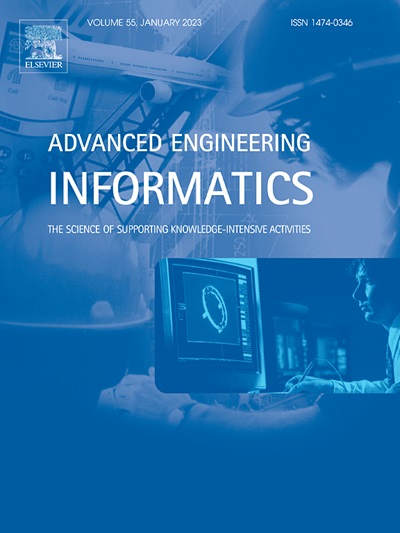通过人机协作发展过程维护:基于代理的系统性能分析
IF 9.9
1区 工程技术
Q1 COMPUTER SCIENCE, ARTIFICIAL INTELLIGENCE
引用次数: 0
摘要
定期检查压力容器系统是通过早期故障检测来保持安全的必要条件。传统的检查常常使操作人员暴露在密闭空间的危险条件下。检查机器人的出现已经将范式转向人机协作(HRC),它寻求在保持操作适应性的同时降低风险。本研究比较了HRC和完全人工(FM)检查过程,为利益相关者提供了战略见解。历史上,系统性能评估已经简化或忽略了动态的人为因素。为了解决这种疏忽,我们的研究采用了基于代理的模型(ABMs),它包含了人类错误的演变本质,包括疲劳和组织因素的影响,以及人类行为和错误恢复机制的可变性。我们的研究结果表明,HRC明显优于FM检查,提高了效率、准确性和安全性。值得注意的是,该研究证实,在HRC过程中,人工智能(AI)的图像识别失误率对可靠性至关重要,不应低于0.04的阈值。这个阈值是HRC系统中人工智能性能的基准,确保自动化效率和人工监督之间的平衡得到优化。该研究对压力容器检测中的HRC进行了综合评价。它提供了对所涉及的复杂动态的更深入理解,倡导集成强大的人工智能算法,以支持人类操作员执行安全关键任务。本文章由计算机程序翻译,如有差异,请以英文原文为准。
Evolving process maintenance through human-robot collaboration: An agent-based system performance analysis
Periodic inspections of pressurized vessel systems are essential for maintaining safety through early fault detection. Traditional inspections often expose human operators to hazardous conditions within confined spaces. The advent of inspection robots has shifted the paradigm towards human-robot collaboration (HRC), which seeks to reduce risk while maintaining operational adaptability. This study compared the HRC and fully manual (FM) inspection processes, providing strategic insights for stakeholders. Historically, system performance evaluations have simplified or ignored dynamic human factors. To address this oversight, our research employs Agent-Based Models (ABMs) that encompass the evolving nature of human error, including the impact of fatigue and organizational factors, as well as the variability of human behavior and error recovery mechanisms. Our findings reveal that HRC significantly outperforms FM inspections, enhancing efficiency, accuracy, and safety. Notably, the study confirms that the miss rate of artificial intelligence (AI) for image identification within the HRC process is crucial for reliability and should not fall below the threshold of 0.04. This threshold is a benchmark for AI performance in HRC systems, ensuring that the balance between automated efficiency and human oversight is optimized. The research provides a comprehensive evaluation of HRC in pressurized vessel inspections. It offers a deeper understanding of the complex dynamics involved, advocating for integrating robust AI algorithms to support human operators in safety–critical tasks.
求助全文
通过发布文献求助,成功后即可免费获取论文全文。
去求助
来源期刊

Advanced Engineering Informatics
工程技术-工程:综合
CiteScore
12.40
自引率
18.20%
发文量
292
审稿时长
45 days
期刊介绍:
Advanced Engineering Informatics is an international Journal that solicits research papers with an emphasis on 'knowledge' and 'engineering applications'. The Journal seeks original papers that report progress in applying methods of engineering informatics. These papers should have engineering relevance and help provide a scientific base for more reliable, spontaneous, and creative engineering decision-making. Additionally, papers should demonstrate the science of supporting knowledge-intensive engineering tasks and validate the generality, power, and scalability of new methods through rigorous evaluation, preferably both qualitatively and quantitatively. Abstracting and indexing for Advanced Engineering Informatics include Science Citation Index Expanded, Scopus and INSPEC.
 求助内容:
求助内容: 应助结果提醒方式:
应助结果提醒方式:


